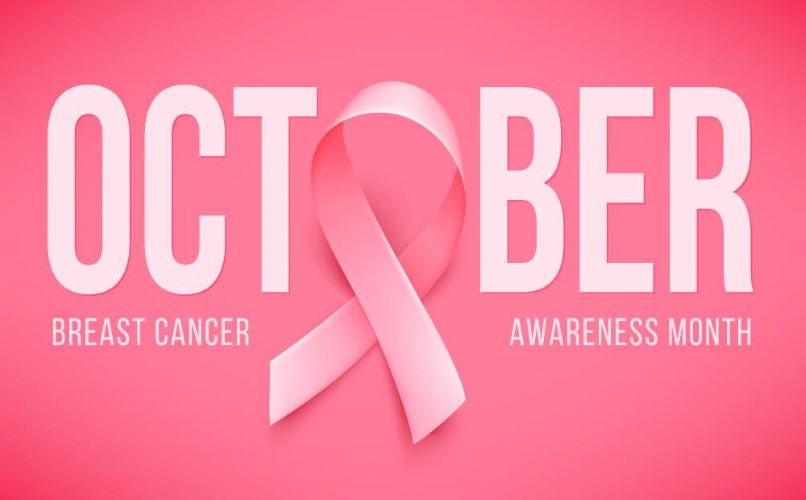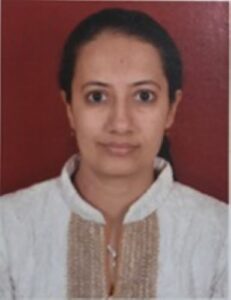New advancements have come in for detection & treatment of breast cancer

Rajkumari Sharma Tankha
October is marked as a Breast Cancer Awareness Month. Breast cancer awareness is crucial because early detection, through screening, can lead to its cure. In conversation with Life and More, Dr Kunjal Lila, Doctor in-charge & Consultant, Histopathology at Metropolis Healthcare Ltd shares the risk factors of breast cancer and the new advancements that have come in for its detection and treatment. Excerpts:

Who is likely to get affected by the dreadful disease?
Anyone can get this disease, there being no rules for the same. However, the two most common significant factors are “Being a woman and getting older”.
The other associated risk factors may be divided into non-modifiable & modifiable.
The common non-modifiable risks include a longer reproductive history, genetic mutations like BRCA 1 & BRCA 2, personal or family history of breast and/or ovarian cancer, personal history of pre-cancerous breast disease, dense breasts & previous exposure to radiation.
The modifiable risks include physical inactivity, obesity after menopause, hormone replacement therapy & OC pills, alcohol, late/ no pregnancy and no breast feeding.
At what age do normally breast cancer happen? What are the visible signs?
Breast cancer usually happens after 50 years or age. Younger females get affected in case of genetic mutations and family and personal history of cancers.
Commonest visible signs of breast cancer include any new lumps and bumps in the breast or armpit, any change in the shape and size of the breast, nipple retraction or oozing from nipple, skin redness, ulceration, excoriation or irritation and breast or nipple pain of the breast.
At which age should a woman begin testing for breast cancer?
Most guidelines recommend screening mammography starting at the age of 40 years annually or biennially. Clinical breast examination may be offered every 1-3 years for women between 25 to 39 years of age; however, recommendations are variable for this. In case of high-risk cases, the screening may be started earlier at 30 years of age.
Which race is most affected by breast cancer? What is the percentage of men in this category?
While White women are slightly more affected than Black, Hispanic, and Asian women, Black women develop more aggressive and advanced stage cancer at a younger age.
Breast cancer in men accounts for less than 1 per cent of all diagnosed cases.
Why is breast cancer the most common malignancy among women globally?
The two main risks for breast cancer are “being a woman & getting older” which are present globally. Even if all the potentially modifiable risk factors are controlled, this would reduce the risk of breast cancer by at most 30%. Also, the varied risk factors are spread in all socio-economic strata of society.
How are breast cancer screenings done & what’s the accuracy rate?
Mammography is the best screening modality to detect breast cancer. It is an x-ray of the breast with a low exposure to radiation. As per different studies, accuracy of mammography ranges from 70 to 80 per cent. However, when combined with Ultrasonography (USG), the cancer pick up rates increase over 85 per cent. Mammogram is of limited value in dense breasts. Other modalities include breast Magnetic resonance imaging (MRI) which may be used to screen high risk cases & clinical or self-breast examination which have less accuracy.
The traditional treatment involved surgery, chemo, and radio. What advancements have been seen in treatment in the last one decade?
Though surgery, chemo & radio remain the mainstay, new developments have occurred in all these. However, all these are guided by the nature of cancer including the size, grade, stage, hormone receptor status, etc.
We have moved on from the conventional radical mastectomies which remove the entire breast and the draining axillary lymph nodes to breast conserving surgery or lumpectomy where only the tumour with normal tissue all around is excised and node preserving surgeries based on sentinel node status. Also, many specialised oncoplastic techniques and reconstructive procedures are available now.
Traditional chemotherapy was a part of the cancer regime for many patients. However, currently genomic profiling looks into the expression of different gene in the patient’s primary tumour and shows whether or not it will be responsive to chemotherapy, or whether endocrine therapy alone (such as tamoxifen) would be a better choice. This minimises overtreatment and unnecessary side effects of chemo to the patient.
Identification of hereditary cancer syndromes like BRCA1/BRCA2 has opened the option of targeted therapy by PARP inhibitors in breast cancer as well similar to ovarian cancers.
Last, but not the least, is immunotherapy for triple negative, hormone negative breast cancers.
How does technology help in detecting disease?
Technology helps in screening as well as diagnosing and managing breast tumours. Screening included a simple mammogram, ultrasonography and MRI. Tissue diagnosis, histopathologic examination of the biopsy remains the gold standard for confirming cancer.
Management of cancers is guided by clinical-radiology-pathology correlation including size, grade and stage of tumour and subsequent ancillary testing, including basic hormone receptor analysis and proliferative Ki 67 index & PET scan to high end tests like genomic profiling and hereditary cancer testing including BRCA1/2.

